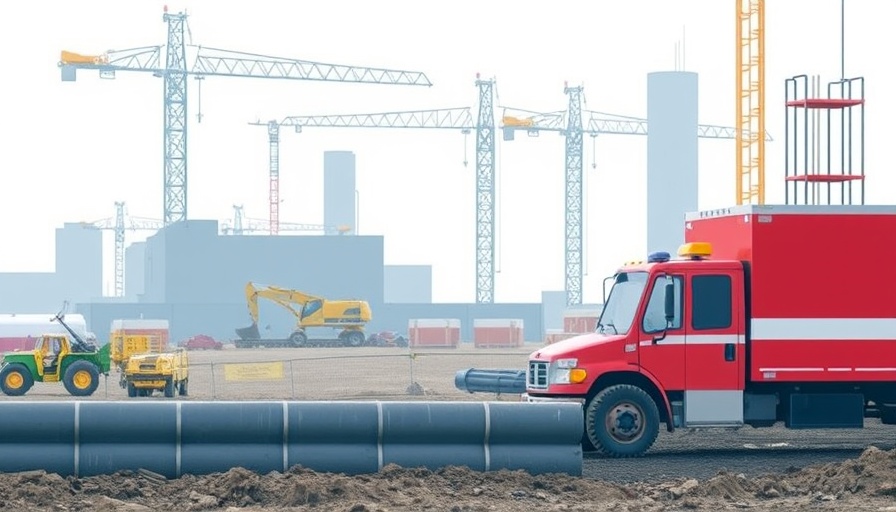
Understanding the Importance of Emergency Readiness in Construction
In the fast-paced world of construction, unforeseen events can pose serious risks to both personnel and projects. Emergency readiness is crucial, not only for compliance with legal standards but for safeguarding lives and investments. Being prepared for emergencies can dramatically alter the outcomes of incidents, reducing injury and financial loss. For business owners, property developers, and facility managers, understanding how to cultivate a culture of safety can translate into project success and enhanced trust from clients.
Essential Elements for Effective Emergency Response
Equip your team with the necessary tools by implementing a comprehensive emergency response plan. This plan should include basic first aid training, clear evacuation routes, and access to emergency services. Regular training sessions can help cement knowledge in workers’ minds, making it second nature when crises arise. Fostering collaboration with local emergency services can yield additional benefits, ensuring your site is prepared for various potential incidents.
The Role of Communication Technology
Incorporating efficient communication technology is essential in today’s construction environment. From mobile apps designed for real-time communication to robust messaging systems, the integration of these tools enhances coordination during emergencies. For instance, utilizing digital platforms allows team leaders to quickly disseminate information, conduct headcounts, and account for all personnel on-site. This easily identifiable communication strategy can save lives during critical moments.
Creating a Culture of Safety
Ultimately, the goal is to create a safety-first culture within your organization. Encourage all team members to actively participate in safety discussions and protocols. Involving them in the development of safety measures not only empowers employees but also cultivates accountability. Show that safety reporting is welcomed and rewarded, reinforcing the idea that every worker contributes to the overall safety of the job site.
Assessments and Continuous Improvement
Emergency preparedness isn't a one-time task. Regular risk assessments should be scheduled, allowing you to identify potential hazards and improve upon existing protocols. By adapting to new challenges and learning from past experiences, businesses can thrive within the construction industry while prioritizing the health and safety of their workforce.
Conclusion and Call to Action
Being proactive in creating a well-thought-out emergency readiness plan is crucial for ensuring site safety. As you plan your next construction project, consider establishing a culture of safety and preparedness. Engage your workforce regularly on safety training, improve communication channels, and continually reassess risks. This not only protects your investment but fosters a trustworthy environment for everyone involved. Make safety a priority on your job sites today!
 Add Row
Add Row  Add
Add 




 Add Row
Add Row  Add
Add 

Write A Comment